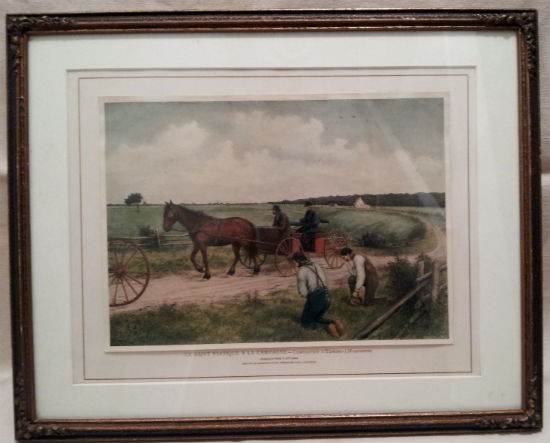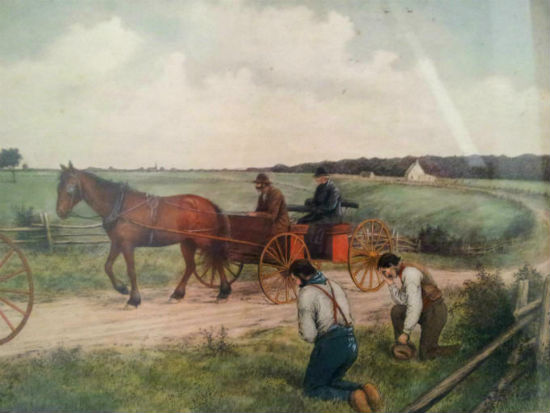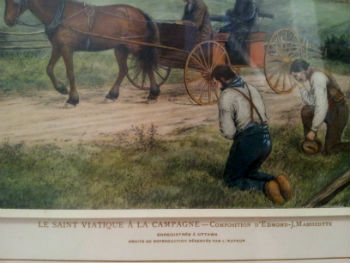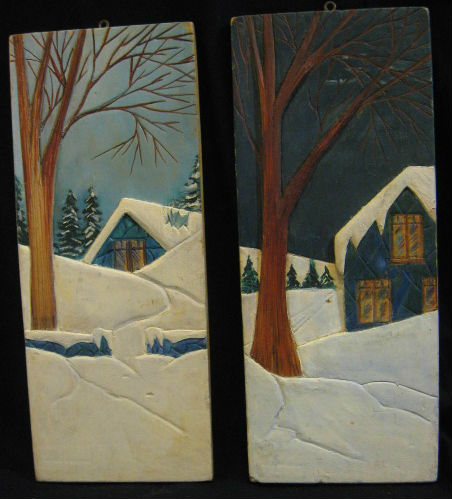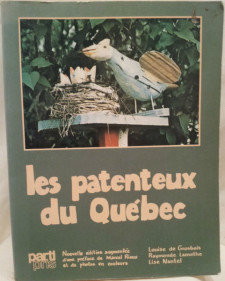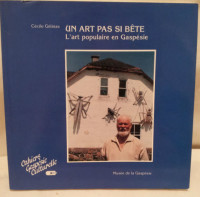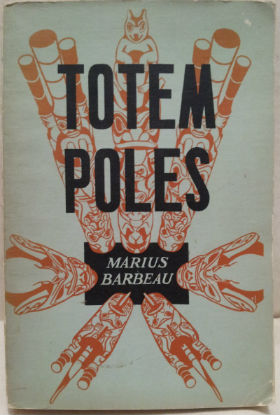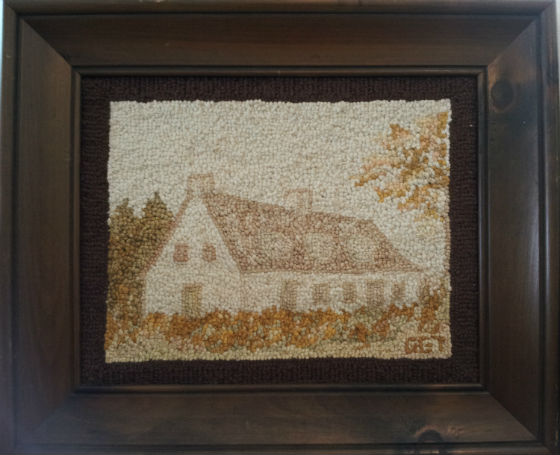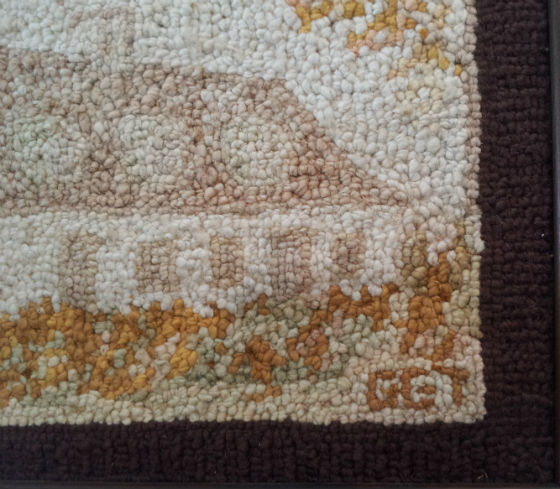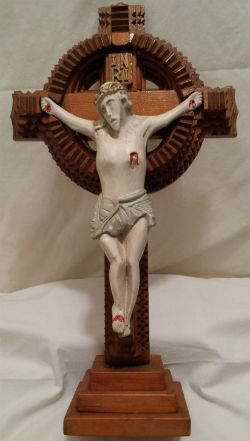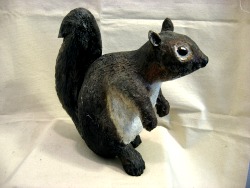Edmond Massicotte (1875-1929) was an engraver and an illustrator. His most important contributions were the studies and illustrations he made of Quebec folklore as well as of the old traditions and celebrations. First published under the title “Nos Canadiens D’autrefois” in 1923, it contained the first twelve plates that illustrated these old traditions. Included were commentaries by the ethnologist Marius Barbeau and others. More illustrations of different traditions were added to further editions. One was published posthumously.
These images reflected the growing interest in Quebec culture, its history and the arts. Academy artists and Folk and Outsider artists showed this interest in their own work; from Laliberte to Archelas Poulin. Laliberte in his series of Bronze sculptures commissioned by the Quebec government and Archelas Poulin (and many other Folk Artists) in his automated scenic sculptures of traditional scenes (inspired by and modeled on Massicotte’s images).
Formal Academy artists, working in Baie-Saint-Paul, reflected these images of Massicotte as did the artists across the St. Lawrence River in Saint-Jean-Port-Joli. The Bourgaults made sculptures of many of Massicottes’ scenes. Madelaine Lizotte assembled bas relief carvings of almost every one of them (and signed them ‘Mado”) They could be found in her little gallery alongside the beautiful shore highway at Riviere-Madelaine in Gaspe.
Link to the Massicotte Book “Nos Canadiens D’Autrefois” (1923) Online:
http://bibnum2.banq.qc.ca/bna/numtxt/423162.pdf
A quote from The Dictionary of Canadian Biography (Online):
“Massicotte’s fame rests primarily on the 12 plates he published in Montreal in 1923 under the title “Nos Canadiens d’autrefois”. Most of them had already appeared in the Almanach du peuple, and they were now supplemented by commentaries from such prominent writers as Albert Ferland, Lionel Groulx, and Marius Barbeau. Five others, intended for a second volume that had not been completed at the time of Massicotte’s death, were added to them. The title of any one of them suffices to evoke a familiar picture, for example La bénédiction du jour de l’An and Le retour de la messe de minuit. ”
I will be posting for sale in the Gallery several original prints from the first series; framed and under glass (Here is a link to them in the Gallery):
http://lyleelderfolkart.com/gallery-artists/edmond-joseph-massicotte/
A print from the early series. Le Saint Viatique A La Campagne from 1916:
Massicotte’s Mark:
